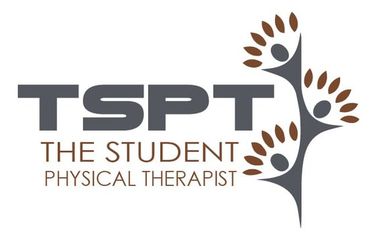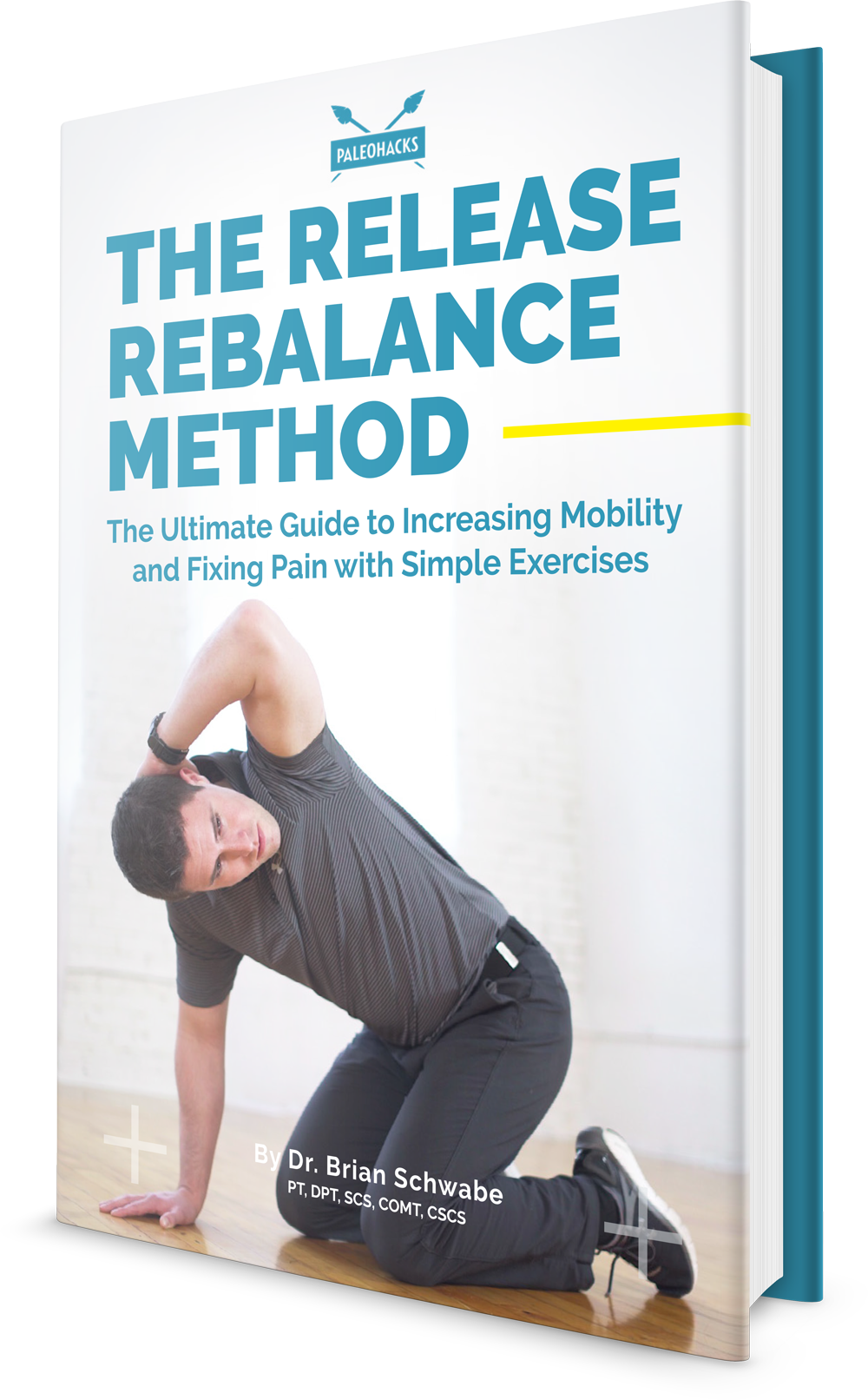- Home
- About Us
- TSPT Academy
- Online Courses
-
Resources
- Newsletter
- Business Minded Sports Physio Podcast
- Day in the Life of a Sports PT
- Residency Corner
-
Special Tests
>
-
Cervical Spine
>
- Alar Ligament Test
- Bakody's Sign
- Cervical Distraction Test
- Cervical Rotation Lateral Flexion Test
- Craniocervical Flexion Test (CCFT)
- Deep Neck Flexor Endurance Test
- Posterior-Anterior Segmental Mobility
- Segmental Mobility
- Sharp-Purser Test
- Spurling's Maneuver
- Transverse Ligament Test
- ULNT - Median
- ULNT - Radial
- ULNT - Ulnar
- Vertebral Artery Test
- Thoracic Spine >
-
Lumbar Spine/Sacroiliac Joint
>
- Active Sit-Up Test
- Alternate Gillet Test
- Crossed Straight Leg Raise Test
- Extensor Endurance Test
- FABER Test
- Fortin's Sign
- Gaenslen Test
- Gillet Test
- Gower's Sign
- Lumbar Quadrant Test
- POSH Test
- Posteroanterior Mobility
- Prone Knee Bend Test
- Prone Instability Test
- Resisted Abduction Test
- Sacral Clearing Test
- Seated Forward Flexion Test
- SIJ Compression/Distraction Test
- Slump Test
- Sphinx Test
- Spine Rotators & Multifidus Test
- Squish Test
- Standing Forward Flexion Test
- Straight Leg Raise Test
- Supine to Long Sit Test
-
Shoulder
>
- Active Compression Test
- Anterior Apprehension
- Biceps Load Test II
- Drop Arm Sign
- External Rotation Lag Sign
- Hawkins-Kennedy Impingement Sign
- Horizontal Adduction Test
- Internal Rotation Lag Sign
- Jobe Test
- Ludington's Test
- Neer Test
- Painful Arc Sign
- Pronated Load Test
- Resisted Supination External Rotation Test
- Speed's Test
- Posterior Apprehension
- Sulcus Sign
- Thoracic Outlet Tests >
- Yergason's Test
- Elbow >
- Wrist/Hand >
- Hip >
- Knee >
- Foot/Ankle >
-
Cervical Spine
>
- I want Financial Freedom
- I want Professional Growth
- I want Clinical Mastery
|
Golf is a popular sport around the world, especially in our middle aged and older patients. Due to relatively low contact stresses, the sport is accessible for people of ranging physical capabilities. However, the biomechanics of the golf swing require proper mobility and stability throughout the body, especially at the shoulders, spine, and hips. Many of our wellness clients are golfers who simply want to perform at a higher level on the course. Most of the time, the missing link is unlocking the thoracic spine. Having proper mobility in the thoracic spine can improve the mechanics of the shoulders, low back, and hips. Biomechanical studies of the golf swing have shown a direct link between hip and shoulder rotation. From a structural standpoint, the thoracic spine is in the middle of those two joints and needs to be able to move. Additionally, the sympathetic nervous system is housed directly beneath the middle back, playing an important role in neural mobility. Many therapists prescribe tennis ball and foam rolling tricks for generalized t-spine mobility, but these are often isolated movements. For proper return to sport, therapists must be incorporating movements that engage the thoracic spine, while using the shoulders and hips. Furthermore, without t-spine rotation, the lumbar spine is required to produce more rotation. While lumbar rotation is not inherently bad, dispersing the rotational stresses throughout the spine is ideal. Using combined exercises for improving hip motion AND thoracic spine motion can useful for both rehab and warming up before golf. Below are a few effective treatment options to mobilize the thoracic spine. Spiderman'sTransverse Dowel T-Spine RotationStanding Stork TurnsStanding Step Thru's Exercises for Thoracic RotationHalf Kneeling Thoracic Spine Dowel RotationsInterested in more advanced content for your golfers? Check out our Insider Access!
Dr. Brian Schwabe, PT, DPT, SCS, COMT, CSCS
1 Comment
7/31/2023 02:14:36 pm
Essential: Regulating and monitoring space debris is crucial for sustainable space activities. Governments and space agencies must work together, setting guidelines for tracking, mitigating, and disposing of debris. Continuous advanced monitoring is vital to prevent collisions and protect satellites and future missions.
Reply
Leave a Reply. |
Dr. Brian Schwabe's NEW Book in partner with PaleoHacks!
Learn residency-level content on our
Insider Access pages We value quality PT education & CEU's. Click the MedBridge logo below for TSPT savings!Archives
July 2019
Categories
All
|






 RSS Feed
RSS Feed